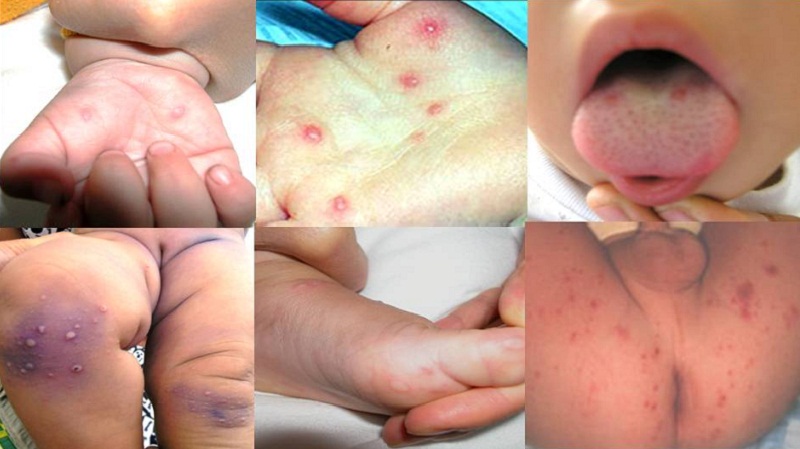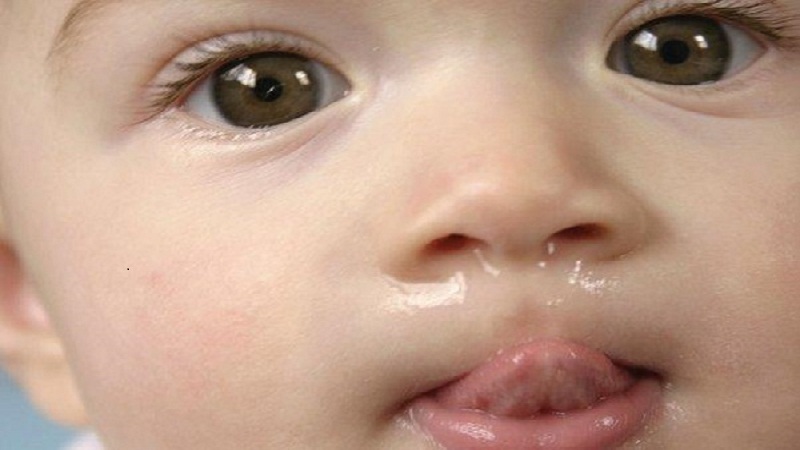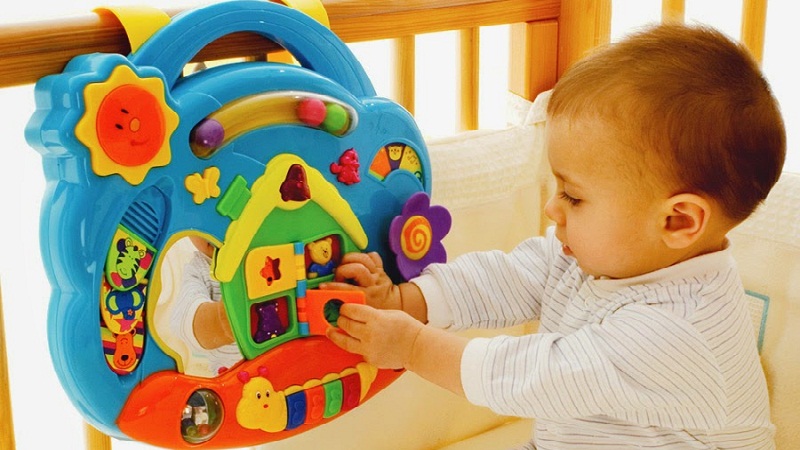Hand, Foot, and Mouth Disease (HFMD) is a highly contagious illness that commonly affects children. It is transmitted primarily through the fecal-oral route, with the main sources being saliva, blister fluid, or feces of infected individuals. The two most common enteroviruses that cause HFMD are Coxsackie A16 and Enterovirus 71 (EV71).
1 Causes of HFMD in Children

Both Coxsackie A16 and Enterovirus 71 are enteroviruses capable of replicating and thriving in acidic environments such as the stomach. These viruses tend to flourish during the summer months.
Some common routes of HFMD transmission include:
– HFMD is predominantly spread through direct contact, especially during outbreaks.

– The disease can be transmitted from one child to another via the oral route, including through saliva, nasal discharge, and feces.
– Infection can also occur through indirect contact with contaminated surfaces or objects, such as touching toys or surfaces that have been contaminated with the saliva, nasal discharge, or feces of an infected child.

– Additionally, children can be exposed to the virus through direct contact with caregivers of infected children if they do not practice proper hygiene measures.
Reference: for more detailed information on the causes and prevention of this disease.
2 Ways to Prevent HFMD
Currently, there is no vaccine available to prevent HFMD, nor are there any specific treatments. Therefore, it is crucial for parents and caregivers to be vigilant and take preventive measures to protect children from this disease.

– Practice good hand hygiene: Encourage children to wash their hands frequently with soap and water, especially after coughing, sneezing, or touching surfaces in public places, before and after meals, and after using the toilet.
Related:
– Wash your hands before handling children: As a caregiver, ensure that you always wash your hands before coming into contact with children to prevent the spread of the virus.
– Disinfect toys and surfaces: Clean and disinfect toys and surfaces that children come into contact with regularly.

– Clean and disinfect surfaces: Use disinfectant solutions, such as a 5% CloraminB solution, to wipe down surfaces, including floors, tables, and chairs, in areas where children play and eat.
– Encourage the use of face masks: Have children wear face masks when in public places, and consider wearing one yourself to reduce the risk of transmission.
– Avoid areas with known HFMD outbreaks: Stay away from places where HFMD cases have been reported, and ensure that anyone infected with the disease is isolated for at least seven days after the symptoms have resolved.
By understanding the causes and implementing these preventive measures, parents and caregivers can effectively protect their children from contracting this potentially serious disease.
For further information:
Reference: quan12.hochiminhcity.gov.vn
Analyzing Distinctions Between Covid-19 and Seasonal Flu Respiratory Illnesses
Have you been feeling under the weather lately? It might be difficult to tell whether it’s Covid-19 or flu symptoms you are experiencing. Fortunately, there are a few identifying factors that can help us differentiate between these illnesses. In this article, we’ll discuss the key differences between Covid-19 and seasonal flu.



































